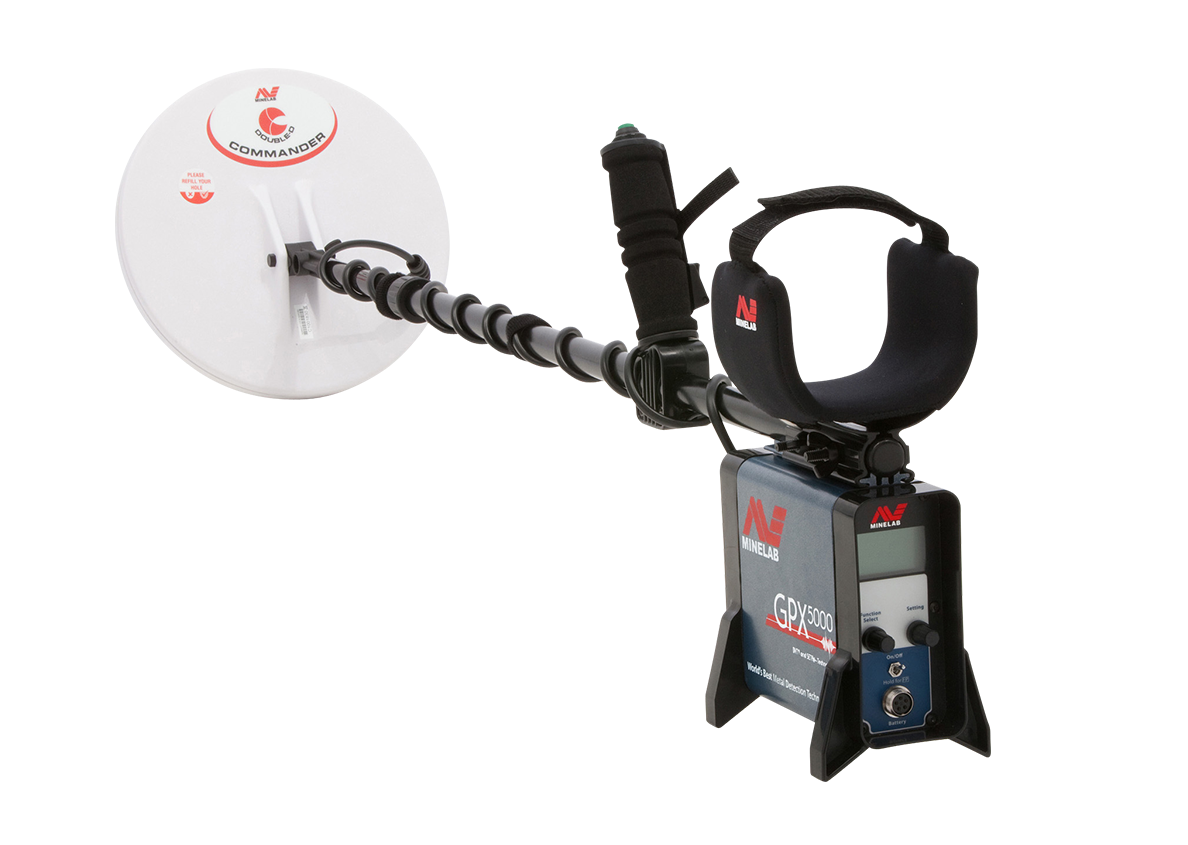The day I found the 17 gram nugget turned out to be very exciting, we all had our eyes well and truly opened to the power of the GPX 5000, especially the new Enhance and Fine Gold Timings.
Originally we’d made an assessment of the patch based on the evidence left behind by the previous operators. We collectively felt our most likely chance to find any missed gold was to use a small monoloop coil, trying to sniff out the faint smaller nuggets left behind due to the heavy mineralisation. This was the case to some extent based on Chris’s successes later in the day, however as I’d just discovered there was still a lot of potential for a decent sized nugget or two using the large monoloop coils targeting the deeper sections of ground.
Steve was on fire once he decided to revert to his original game plan, namely ‘going for broke’ by exclusively using a large Monoloop coil for the rest of his Australia trip. I could tell when the decision was made earlier to use smaller coils he wasn’t really happy, but he’d gone along with the team decision based on our observances. Seeing him step back into his comfort zone especially after being buoyed by my lucky find soon saw Steve wildly digging a faint response further upslope, right in a section where you’d fully expect a large nugget to be hiding.
The ground in the West can be a little disconcerting to detector operators not familiar with the terrain. WA is the only place I’ve ever seen water flow up hill, sounds hard to believe, but it’s true! Years ago I was camped on a slight rise when, during a thunderstorm late one afternoon, a heavy cloud burst caused a lot of heavy rain to fall on the higher slope opposite camp. Sure enough the water flowing down the slope opposite built up enough momentum to flow on up the slope I was parked on, blasting through my gear then on down the other side, leaving everything in a muddy mess (including unceremoniously depositing spiders and other critters about the camp). This left me scratching my head and wondering if I was seeing things until I was able to speak with other prospectors who had had similar experiences as me!
With this in mind you can imagine the terrain in WA can be considered to be gently undulating, to drive this home when I pointed out what I thought were decent sized hills in the distance both Steve and Chris laughed out loud and compared them to ‘pimples on an ants bottom’ in comparison to the mountains in Alaska and their other gold bearing haunts in the US. I suppose our geology is so weathered over here that the mountains are now just stump like remnants of their past glories?
In WA gold will not congregate in the soils the same way it does in high velocity water environments such as the mountainous terrain up in Alaska. In WA the gold deposits are much more subtle so you have to have an active imagination on where water and therefore the gold are likely to move/flow relative to their source. Steve was now in his stride with the ebb and flow of the WA topography so in very quick order not only narrowed down a likely area to detect, but also got onto a good deep sounding target to reward all his efforts.
Why not you take a peek at our fifth instalment of ‘The West Australian Adventure’ to see firsthand the amazing power of the Minelab GPX 5000s, especially when they’re used to their full nugget busting potential.
Jonathan Porter





















Comments